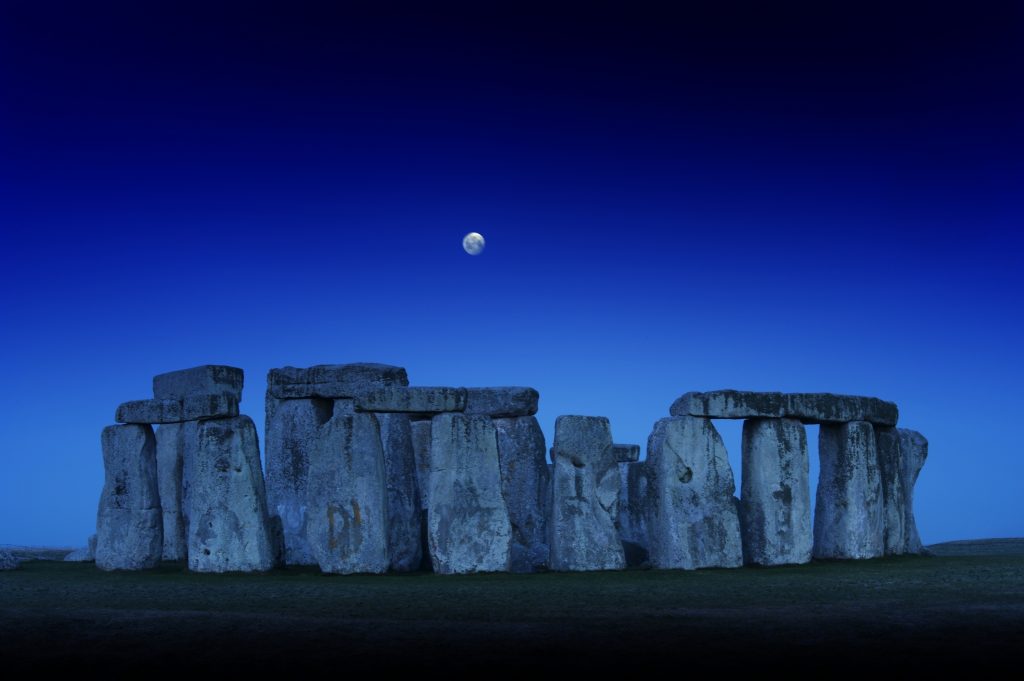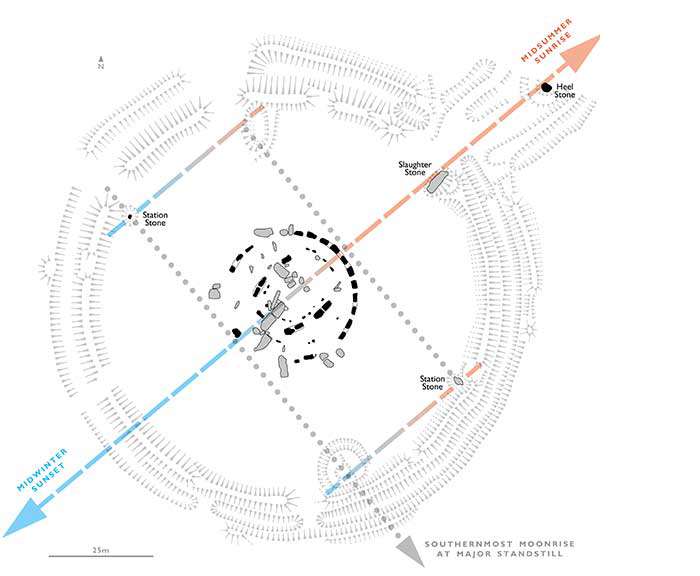Archaeology & History
Were Stonehenge’s Builders Inspired by the Moon?
The notion that the moon’s movement was built into Stonehenge’s layout has long been a subject of academic debate.

It’s well understood that Stonehenge was meticulously arranged to align with the sun. On the summer solstice, the sun rises over the Heel Stone at the site’s entrance, its first rays dramatically piercing into the Neolithic monument. During the winter solstice, it sets auspiciously south-west of the stone circle.
Now, academics are set to spend a year investigating the possibility that the builders of Stonehenge might also have been influenced by the cycles of the moon.
The prompt is an astrological phenomenon known as a major lunar standstill, a period in which the points where the moon rises and sets are farthest apart on the horizon. The event takes place once every 18.6 years, with observations set to begin in the coming weeks and continue through mid-2025.
The notion that the moon’s movement was built into Stonehenge’s layout has long been a subject of academic debate. Central to the claim are the four Station Stones (only two remain standing) that formed a broad rectangle around the central monument. It’s thought they correspond to lunar extremes.

Academics think once-in-a-generation lunar movements may have been noticed in the early phase of Stonehenge and influenced the monument’s design. Image: English Heritage.
Researchers from Oxford, Leicester, and Bournemouth universities, working together with experts from English Heritage and the Royal Astronomical Society, will use the rare opportunity to take recordings and explore the theory in depth.
“Observing this connection first hand in 2024 and 2025 is crucial since, unlike the Sun, tracking the moon’s extremes isn’t straightforward, requiring specific timing and weather conditions,” said University of Oxford archaeologist Dr. Amanda Chadburn. “We want to understand what it was like to experience these extreme moonrises and sets and to witness their visual effects on the stones, for example, patterns of light and shadow.”
As far back as 3,000 B.C.E., Stonehenge was active as a cremation burial cemetery—Britain’s largest such Neolithic site. Bones were buried inside a ring of small bluestones transported from two quarries 150 miles away, as well as in a series of mounds. Many of these early cremation burials are concentrated in the monument’s south-east corner, thereby corresponding with the most southerly position of the rising moon.
The later erection of the famed Sarsen stones in roughly 2,500 B.C.E. was likely accompanied by the Station Stones (both were sourced from West Woods, 15 miles north of Stonehenge). The thinking is that the early builders of Stonehenge venerated the moon and further generations decided to memorialize its most auspicious movements.
To engage the wider public in the research, English Heritage, a charity that manages 400 of the UK’s historic sites, will livestream the southernmost moonrise as well as host talks, a pop-up planetarium, stargazing sessions, and a new onsite exhibition space.
“We’re excited to be working with a brilliant team of archaeoastronomers to explore the fascinating link between Stonehenge and the major lunar standstill,” said Jennifer Wexler, English Heritage’s resident historian for Stonehenge. “Rarer even than once-in-a-blue-moon, this opportunity allows us to delve deeper into the monument’s ancient mysteries and its relationship with celestial phenomena.”





